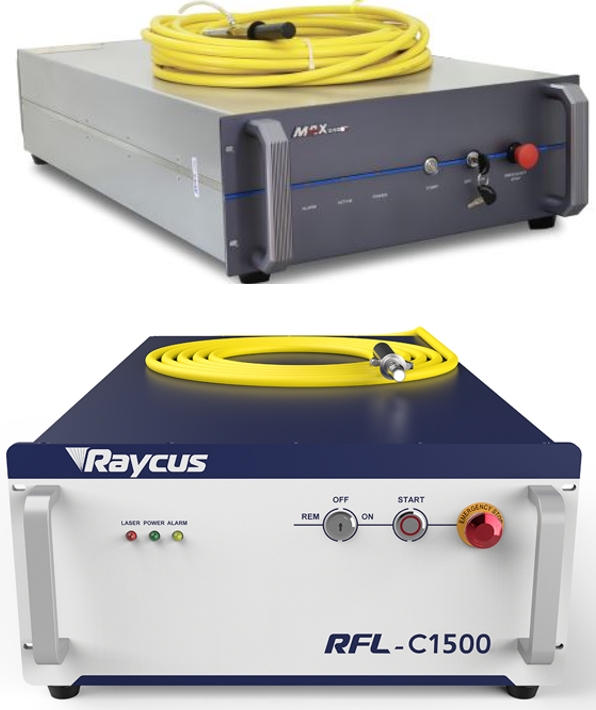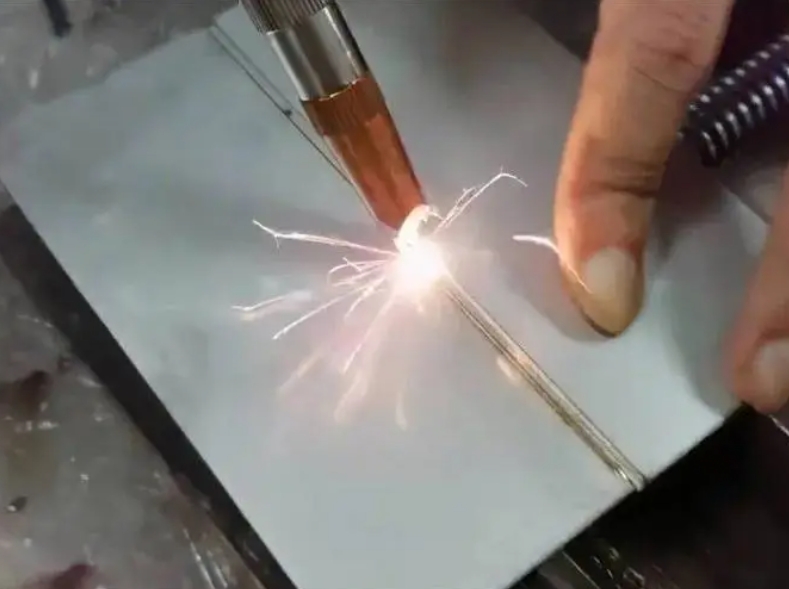Aluminum and aluminum alloys play an important role among various materials used in modern engineering technology. It ranks second in the world’s annual output after steel and ranks first among non-ferrous metals. If aluminum alloys first emerged in the aviation industry, in recent decades, in addition to the aviation industry, aluminum and aluminum alloys have been widely used in aerospace, automobiles, ships and even home decoration.
Aluminum alloy welding refers to the welding process of aluminum alloy materials. Aluminum alloy has high strength and light weight. The current main welding processes in the industry are manual TIG welding, automatic TIG welding and MIG welding. Among them, argon arc welding is the most widely used. However, with the development of the industry, traditional argon arc welding can no longer meet the increasing processing needs of users in some areas.
How to efficiently complete aluminum alloy tailor welding?
Traditional argon arc welding not only requires mature technicians, but is also limited by slow welding speed, high welding difficulty, high ozone content produced during welding, which is harmful to the human body, large heat-affected zone, easy deformation, and poor weld quality. Affected by unfavorable factors such as difficulty in guaranteeing, the development of the industry has been subject to many constraints.

Laser welding uses a high-energy-density laser beam as a heat source to locally heat the material in a small area, melt the material and form a specific molten pool to achieve the welding effect. In recent years, with the continuous advancement of laser technology, the applications of laser processing have become more broad and the advantages have become more obvious.
Fast welding speed and high processing efficiency;
No need for laser filling, reducing costs;
Reduce material deformation;
The welds are smooth and beautiful, reducing the subsequent grinding process.
After traditional welding, it is often necessary to polish the welding points to ensure smoothness and no roughness, while laser welding just reflects more advantages in processing effects. Wellbridget’s continuous fiber laser has excellent beam quality. The laser beam can be focused close to the diffraction limit, which can easily achieve precision processing. The laser power ranges from 1000W to 3000W, which can greatly improve the welding efficiency.



